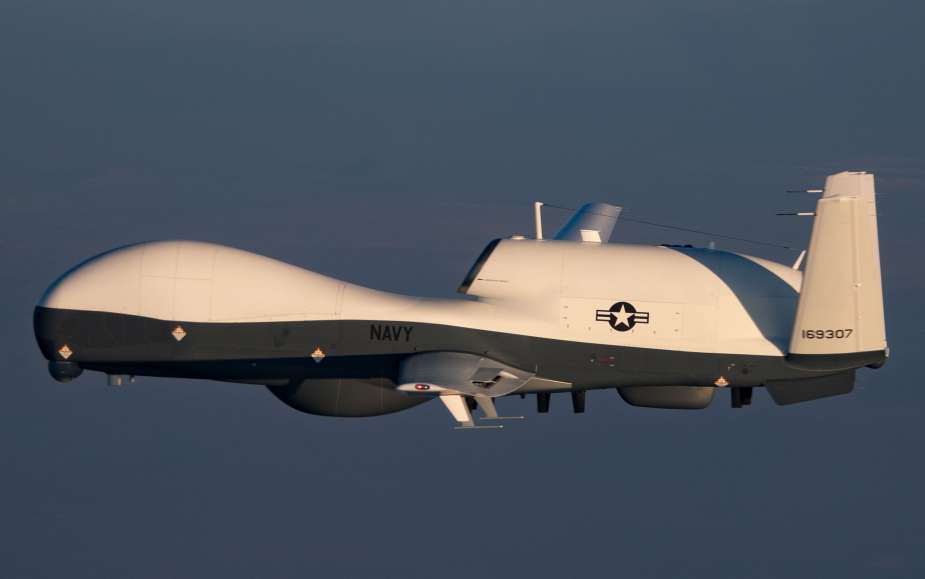Breaking news
Northrop Grumman MQ-4C Triton UAS achieves Initial Operating Capability with US Navy.
Rho Cauley Bruner, director of the Triton program at Northrop Grumman: “Triton has proven to be invaluable for the maritime patrol and reconnaissance mission in the Indo-Pacific. Now that the system has achieved initial operating capability, commanders will be able to fully leverage Triton’s powerful sensor suite to detect and deter potential adversaries around the world.”
Follow Air Recognition on Google News at this link
 The multi-intelligence MQ-4C Triton uncrewed aircraft provides an unprecedented amount of information to support critical decision-making (Picture source: Northrop Grumman)
The multi-intelligence MQ-4C Triton uncrewed aircraft provides an unprecedented amount of information to support critical decision-making (Picture source: Northrop Grumman)
Capt. Josh Guerre, Persistent Maritime Unmanned Aircraft Systems program manager, U.S. Navy: “Persistent global maritime awareness is central to deterring, or competing and winning against, our adversaries. Triton ensures we’re making informed decisions and effectively operating anywhere in the world.”
Built for the U.S. Navy and Royal Australian Air Force, the multi-intelligence MQ-4C Triton supports a wide range of missions including maritime patrol, signals intelligence, search and rescue and communications relay. These aircraft provide commanders with persistent surveillance for the prediction of an adversary’s behavior and enable better planning, greatly enhancing joint military responses and operations.
With an operating altitude greater than 50,000 feet and endurance of 24 hours, Triton provides continuous communications relays to keep a distributed Navy connected, while ensuring commanders are operating off a common operational picture. Its unparalleled, long-range sensors allow it to detect, classify and track maritime targets well outside the detection of enemy ships and surface-to-air missiles. In one 24-hour mission, Triton can survey four million nautical miles.

























